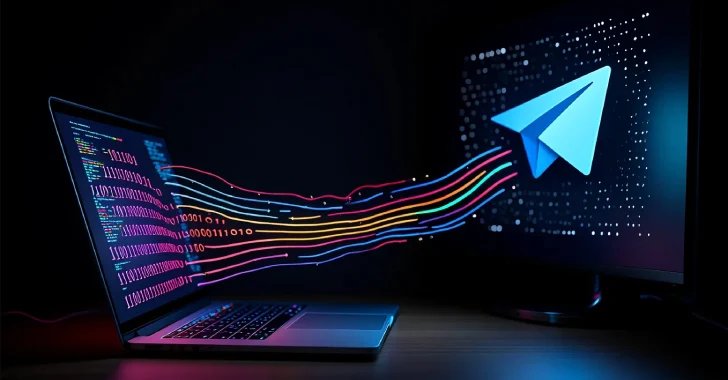Top Highlights
-
Enhanced Malware Functionality: The GIFTEDCROOK malware has evolved from a basic data stealer to a sophisticated intelligence-gathering tool, capable of exfiltrating sensitive documents and browser secrets, particularly targeting Ukrainian governmental and military entities.
-
Phishing Tactics: Utilizing military-themed phishing emails with macro-laden Excel attachments, the malware circumvents defenses, deceiving users into activating macros that deploy the malicious software.
-
Targeted File Capture: Versions 1.2 and 1.3 of GIFTEDCROOK can now harvest files below 7 MB modified in the last 45 days across various formats, indicating a strategic focus on gathering intelligence rather than mere credential theft.
- Geopolitical Implications: The malware’s development closely aligns with geopolitical events, reflecting a deliberate effort to enhance data collection capabilities against Ukrainian entities during ongoing conflicts, underscoring the serious risks posed to public sector roles.
The Core Issue
In late June 2025, a prominent cybersecurity report from Arctic Wolf Labs unveiled significant enhancements to the GIFTEDCROOK malware, transitioning it from a rudimentary tool for stealing browser data to a sophisticated instrument for intelligence gathering. This malware, initially identified by Ukraine’s Computer Emergency Response Team (CERT-UA) in April 2025, has been linked to the hacking group UAC-0226. It now targets Ukrainian governmental and military sectors, employing phishing tactics that involve macro-laden Microsoft Excel documents to infiltrate systems. The current deployment strategies reflect a disturbingly strategic alignment with geopolitical tensions, particularly surrounding negotiations between Ukraine and Russia, as the malware now exfiltrates sensitive documents, including proprietary files, by exploiting recent changes in file accessibility.
GIFTEDCROOK’s updated iterations (versions 1.2 and 1.3) ingeniously harvest recent files while circumventing conventional cybersecurity measures. By targeting specific document types and employing stealthy transmission methods through Telegram, the attackers effectively obscure their malicious activities, raising alarms over the vulnerabilities faced by individuals managing sensitive information within public sector roles. The assessment not only highlights the malware’s technical evolution but also underlines a worrisome trend: the intersection of cyber warfare with geopolitical strife, positioning GIFTEDCROOK as a formidable player in the realm of espionage focused on the tumultuous landscape of Eastern Europe.
Critical Concerns
The evolution of the GIFTEDCROOK malware from a rudimentary data stealer into a sophisticated intelligence-gathering tool poses significant risks not only to the targeted Ukrainian governmental and military entities but also to other businesses, users, and organizations. As the malware is adept at exfiltrating sensitive documents and credentials, any organization inadvertently linked to these compromised systems could face dire consequences, including financial loss, reputational damage, and potential legal ramifications due to data breaches. The malware’s ability to employ deceptive phishing tactics amplifies its threat, as it can easily infiltrate corporate networks under the guise of legitimate communications, thereby undermining organizational security postures. If left unchecked, such cyber threats could create a contagion effect, spreading fear and destabilizing entire sectors, particularly those dealing with sensitive information or critical infrastructure, ultimately leading to a cascading impact on broader economic stability.
Possible Next Steps
In today’s digital landscape, understanding the transition from a browser stealer to an intelligence-gathering tool emphasizes the critical nature of timely remediation to protect sensitive information and mitigate risks.
Mitigation Steps
- Implement Multi-Factor Authentication
- Conduct Regular Security Audits
- Deploy Advanced Threat Detection
- Educate Users on Phishing
- Utilize Browser Security Extensions
- Keep Software Up-to-Date
NIST Guidance
NIST Cybersecurity Framework (CSF) stresses the importance of identifying, protecting, detecting, responding, and recovering from threats. For detailed strategies, refer to NIST Special Publication 800-53, which outlines security and privacy controls for information systems.
Advance Your Cyber Knowledge
Stay informed on the latest Threat Intelligence and Cyberattacks.
Understand foundational security frameworks via NIST CSF on Wikipedia.
Disclaimer: The information provided may not always be accurate or up to date. Please do your own research, as the cybersecurity landscape evolves rapidly. Intended for secondary references purposes only.
Cyberattacks-V1

